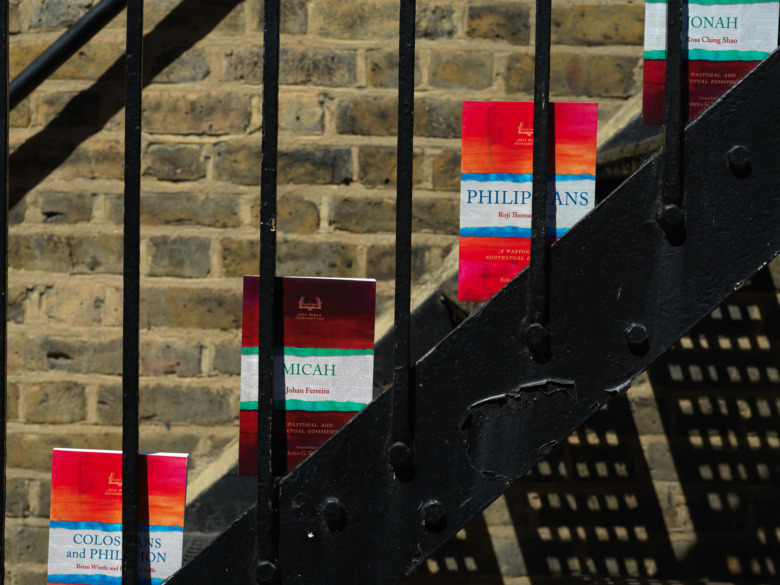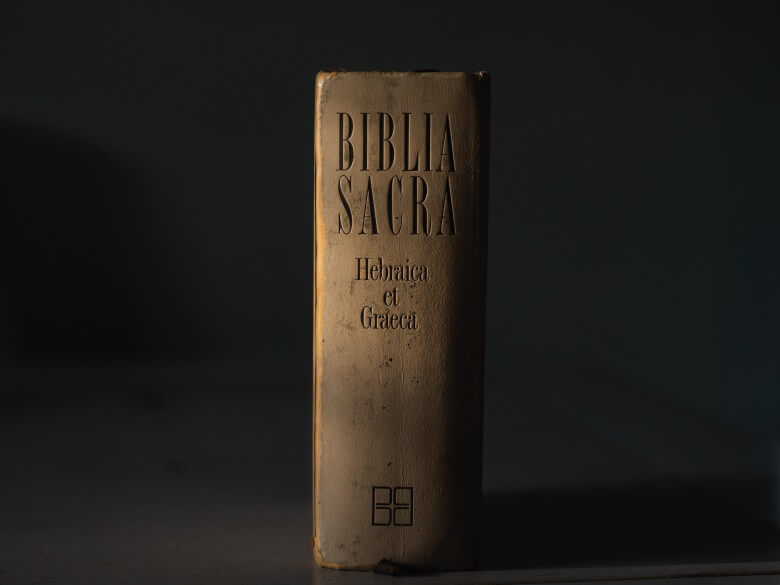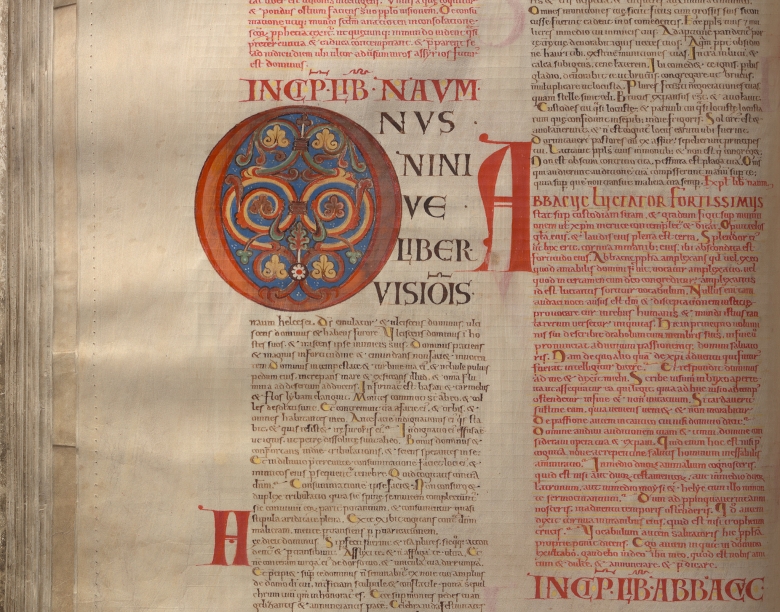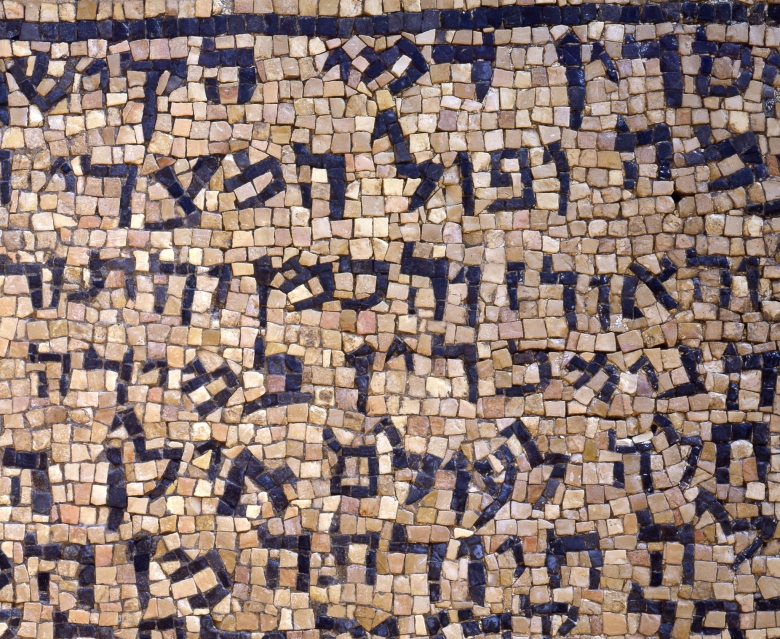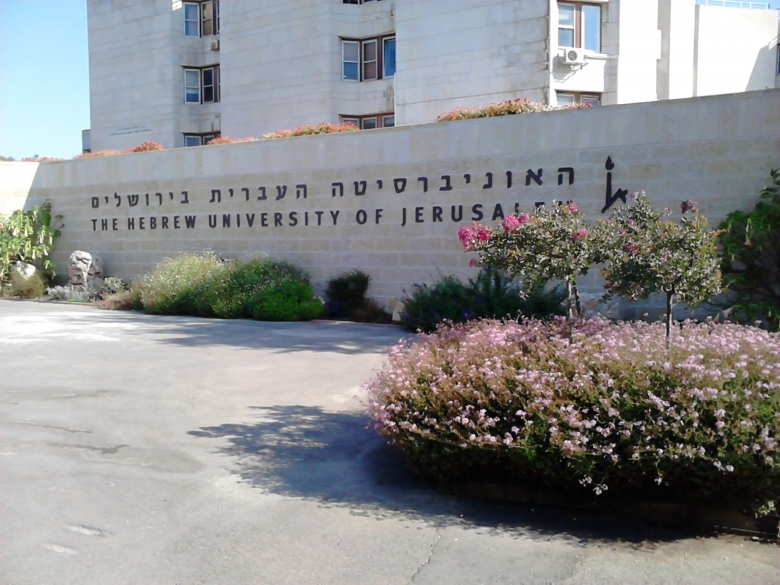by Dr. Paul Overland | Ashland Theological Seminary There is a huge problem in the way that biblical Hebrew is currently taught: it doesn’t stick. Polytetrafluoroethylene, or PTFE, is better known by its household name “Teflon.” It’s the...
The Baptism of Jesus by Willem van Herp the Younger By D. C. “Mac” McIntyre Psalm Two’s familiar contents have made it a favorite among students, pastors, and scholars alike, as it has echoes of the Davidic covenant, eschatological hopes, and the...
Image: ©Tavis Bohlinger by Joshua Jensen Here’s something you probably never thought to count: The ESV uses the word ‘but’ 4,205 times. That’s nearly once for every 7 verses. That’s a lot. (The NASB has ‘but’ slightly more times, the NIV slightly...
"The contribution, then, constitutes the addition of more pieces of the jigsaw puzzle of a previously published scroll, 8HevXIIgr."
"This [digital] edition will open up the research of the Handbook for easy access...It is a welcome development in the dissemination of the Handbook."
"Every theology is contextual." - Federico Villanueva
"Reading the Bible in the original languages causes us to be more thoughtful and careful about the actual wording of the text." -- Robert Plummer
"Teaching students to examine a passage for these oral conventions can achieve multiple pedagogical goals in graduate and undergraduate Bible courses."
"I am persuaded that the Psalms are not randomly placed, but are, in fact, intentionally arranged thematically and theologically in a deliberate shape and architecture, resulting in a kind of plot and storyline."
"Beyond biblical studies, TUAT has long been recognized as a reference resource in disciplines such as ANE Studies, Egyptology, as well as Historiography of Religion and the Cultural History of the ANE."
"Most NT scholars are not well-acquainted with cognitive linguistics. (I’m certainly not.) That’s why I think we should be all the more careful when we immerse ourselves too deep in associative meanings."
"My goal was to imbibe Scripture in its original form in every conceivable situation where reading, even briefly, might be possible."
"If a Bible translation requires me to pull out my smartphone dictionary when it could just say broom, and if I won’t even know to look up false friends, then we’ve got a Bible that is no longer accessible to Tyndale’s plowboy."
Keeping Up Your Biblical Languages by Jonathan G. Kline is your answer to doing faithful, consistent reading in Hebrew, Greek, and even Aramaic this year.
"One of the key elements for teaching any language is culture. . . . Yet in teaching biblical languages we sometimes forget this."
In 2017, David Pleins and I released a new resource designed for students of biblical Hebrew: Biblical Hebrew Vocabulary by Conceptual Categories: A Student’s Guide to Nouns in the Old Testament, a user-friendly book from Zondervan that...
like to illustrate the power of Biblical Hebrew Vocabulary by Conceptual Categories to deepen Biblical Hebrew word studies.
"At some point in his decades of teaching Biblical Hebrew, David Pleins realized there was a gap in his students’ education."
The keyboard selector can help you easily use Logos with Greek and Hebrew languages to avoid copying and pasting or transliterating text.
Image Source: Bloomsbury.com Here’s an opportunity to expand your library that you won’t want to miss: a superb set of OT resources from T&T Clark/Bloomsbury, The Library of Hebrew Bible/Old Testament Studies: 2016 (25 vols.), is...
Historic Ushaw College and Gardens, where over 80 laypeople, professors, poets, and priests gathered for the New Song Conference 24–25 June, 2019. by Richard Rohlfing | Durham University Most of us are aware that 35-40% of the Hebrew Bible can be...
Image source: Wikipedia An Example of Co-Teaching as a Means of Modeling Interdisciplinary Dialogue Eric J. Tully | Trinity Evangelical Divinity School One of the challenges in Christian higher education is navigating the tension between various...
The TDOT Aramaic Dictionary ships today.
Source: Wikipedia I put some questions recently to John Meade and Peter Gurry regarding their newly launched Text and Canon Institute, based at Phoenix Seminary. In this interview, they discuss the impetus behind the Institute, the significance of...
Eight Logos features for a biblical scholar, from ways to work visually with the biblical text to building your own morphological queries.
by Amy L. Balogh | University of Denver As a professor who teaches Hebrew Bible and Judaic studies courses across Colorado’s Front Range while also working at the University of Denver’s Center for Judaic Studies, my non-Jewish identity is a topic of...
Words and photos by Kevin Grasso With a total of 14 talks from scholars throughout Israel and Canada, and over 60 people in attendance, this year’s Workshop on Biblical Hebrew Linguistics and Philology at the Hebrew University (HU) in Jerusalem was...
I daily contemplate how I can improve my reading ability in Greek and Hebrew (as well as Latin, German and French). These languages are essential to my career as a biblical scholar. But like muscles without exercise, language abilities atrophy...
The first time I attended SBL, back in November 2015, I was fortunate to be in company with eight other colleagues who also had papers accepted. My own was co-authored with Jeremy Thompson and was presented in the Biblical Hebrew and Lexicography...






